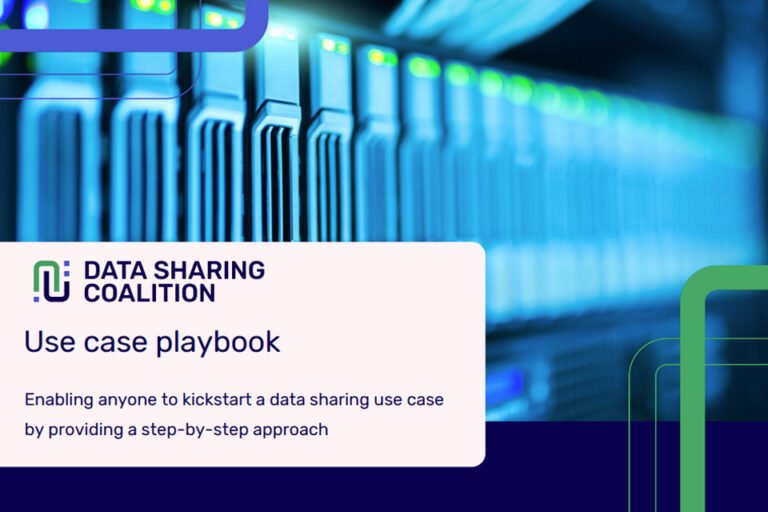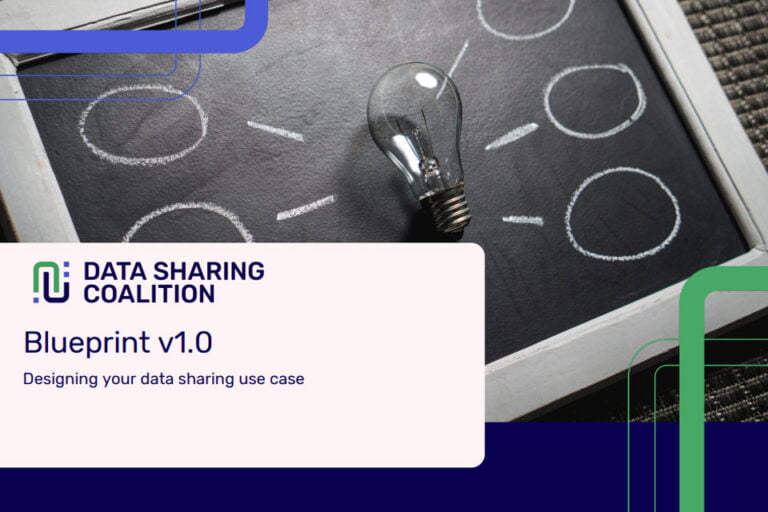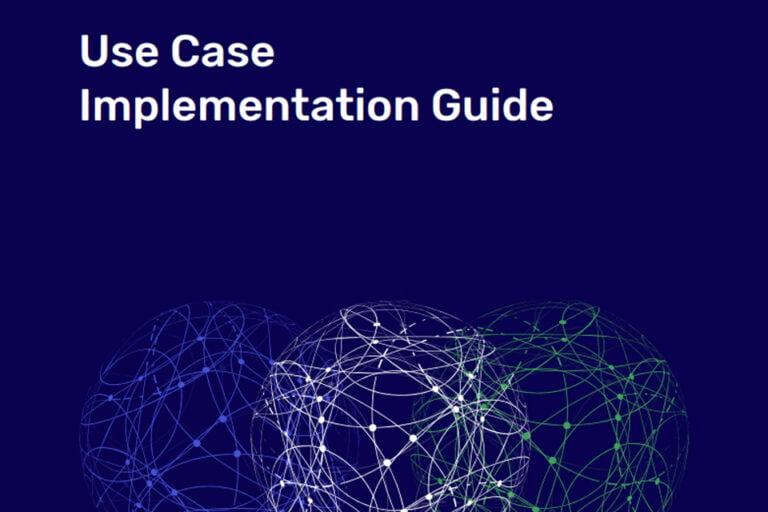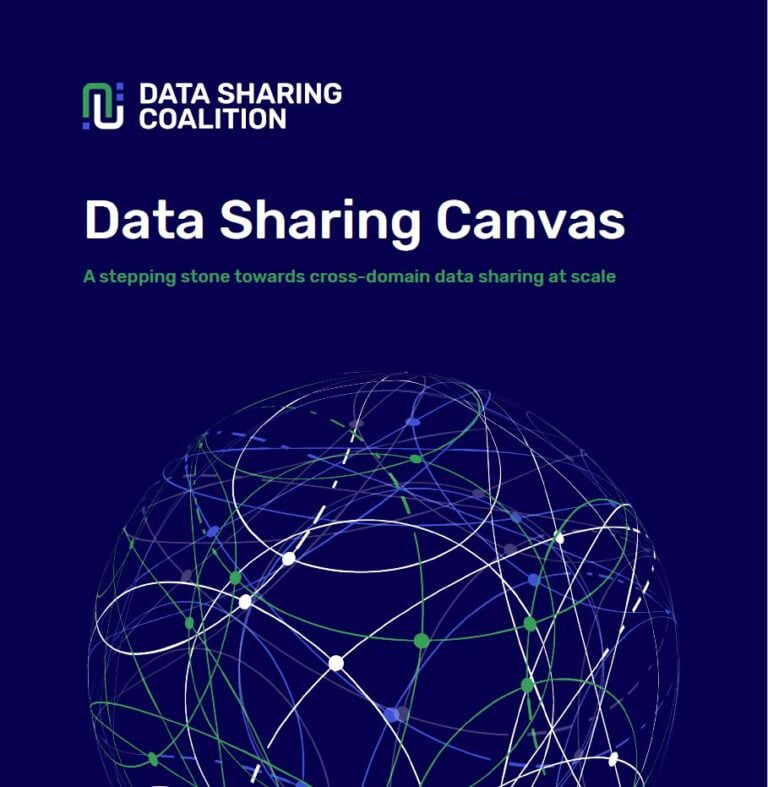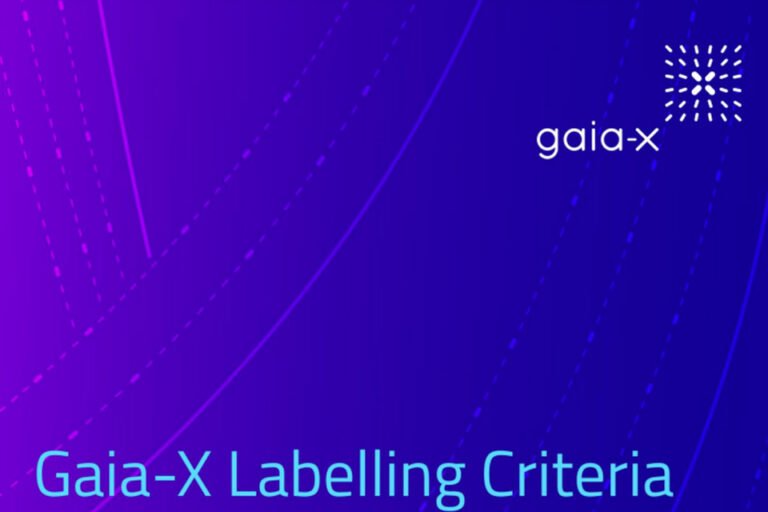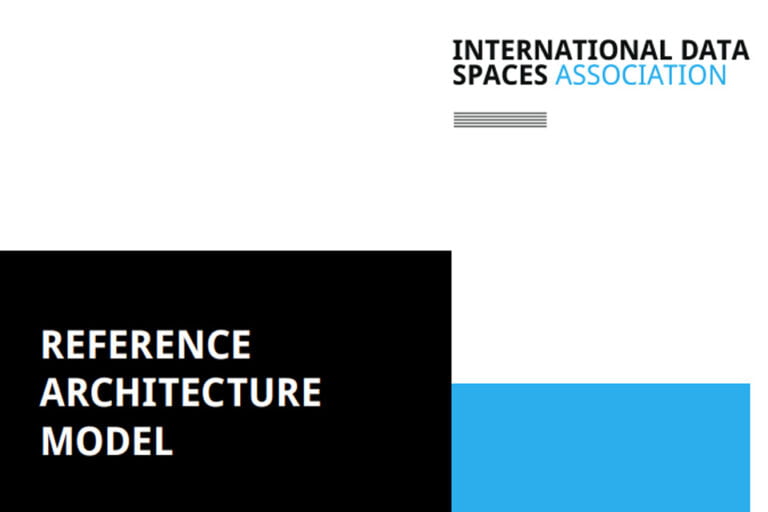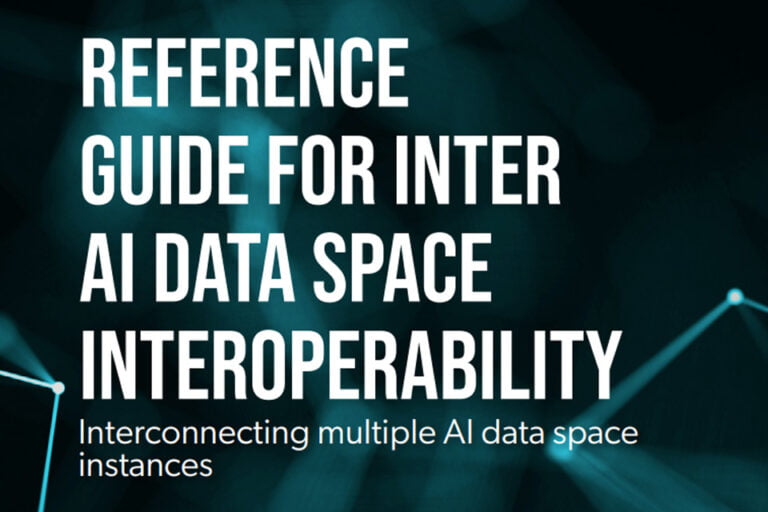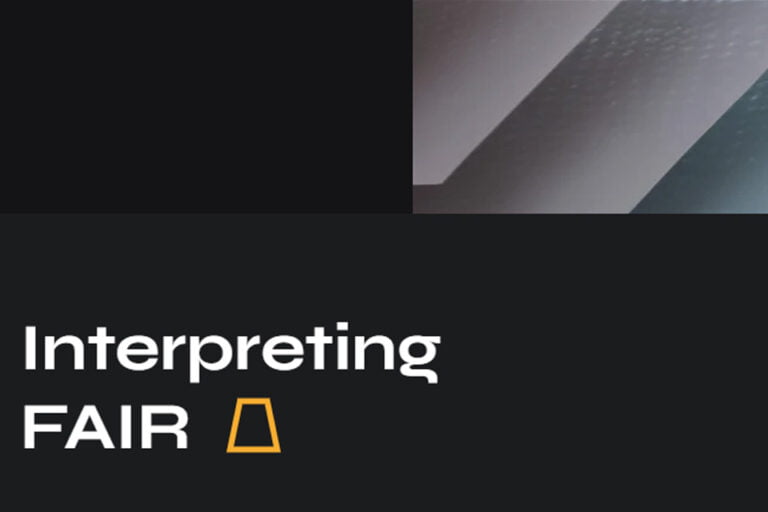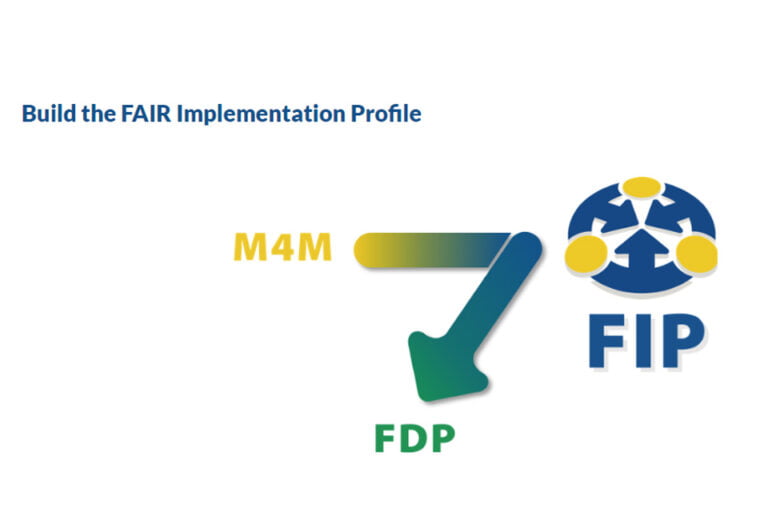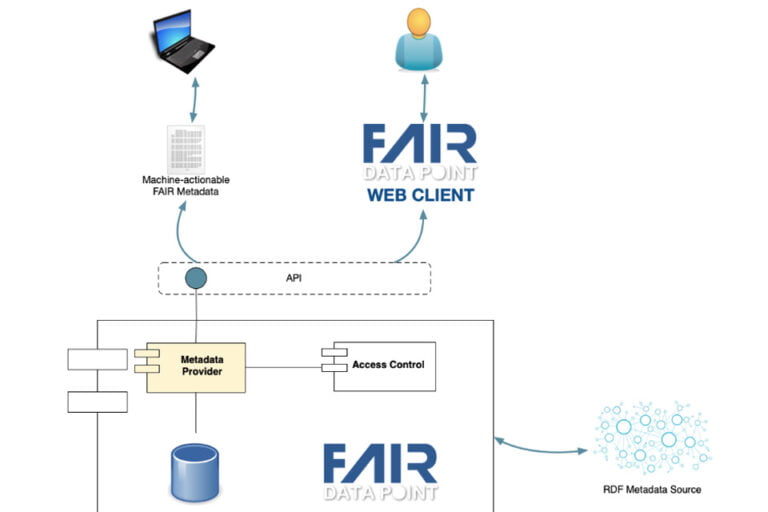FAIR Data Point (FDP) is a metadata service that provides access to metadata following the FAIR principles. FDP uses a REST API for creating, storing, and serving FAIR metadata. FDP is software that allows the owners/publishers of digital objects to expose the metadata of their digital objects in a FAIR manner and allows digital objects’ consumers to discover information (metadata) about offered digital objects.
A FAIR Data Point ultimately stores information about data sets, which is the definition of metadata. And just like the webserver in the WWW in the beginning of the 1990s brought the power of publishing text to anyone, a FAIR data point aims to give anyone the power of putting their own data on the web.
